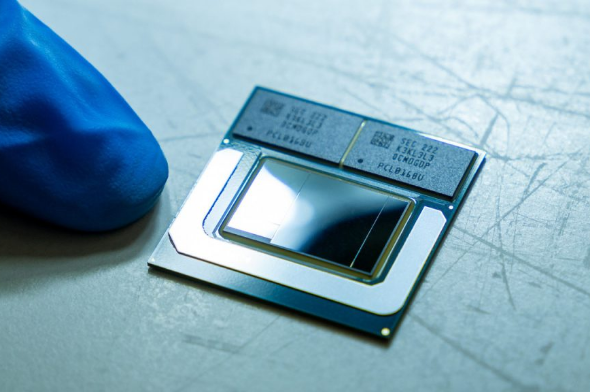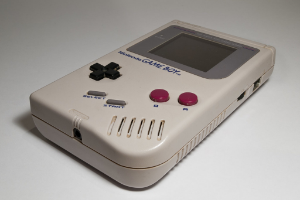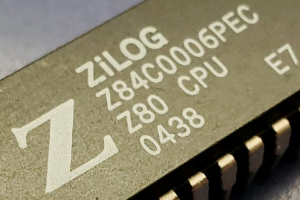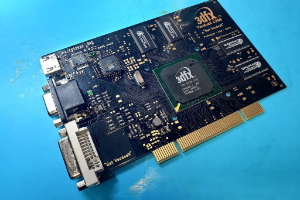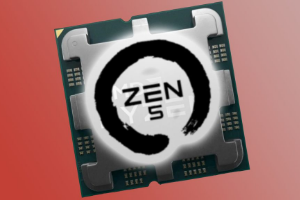Connection to DriversCloudCreate a DriversCloud.com accountReset your DriversCloud.com passwordAccount migration
20A, 18A, 14A and 10A: Intel processors go infinitely small
The succession of production nodes illustrates Intel's return to prominence and its determination to (re)become a major player in the world of semiconductor etching.
Since the arrival of Pat Gelsinger at the head of Intel, the American group has been working hard to relaunch itself, with a number of very specific objectives. Firstly, to become the world's second-largest semiconductor manufacturer, behind Taiwan's TSMC but ahead of South Korea's Samsung. The second is to develop its external foundry business in order - like TSMC - to exploit its production lines to produce chips designed by companies such as Apple and NVIDIA. Finally, Intel's third objective is to (re)take technological leadership in semiconductors, after having been slowed down for a long time by the 10 nm etch node.
At the Intel Foundry Direct Connect event, Intel reiterated the various commitments it has made to " realize its ambition to be number 2 among foundries by 2030 ". To this end, the company will complete the famous " 5N4Y " program, which stands for " five nodes in four years ". This program, which began with the launch of the Intel 7 etching process (node), has continued with the production launch of the Intel 4 and Intel 3, soon to be followed by the Intel 20A and Intel 18A. Remember that Intel 7 does not mean 7nm etching, but rather " 7nm equivalent ". Intel has indeed decided to emphasize "equivalence" with its main competitors, as the American brand wishes to point out that Samsung or TSMC production nodes are less efficient than its own: for the same engraving finesse, Intel semiconductors are much denser, much richer in transistors.
If all goes according to plan, the Intel 20A and 18A will enter production as early as this year, and Intel will then be able to focus on the next nodes, those that should enable it to regain that famous technological leadership. According to Pat Gelsinger, the Intel 14A is due to go into production as early as 2026, with products available between 2026 and early 2027. Then, as TechPowerUp explains, there's talk of moving on to an even thinner, " 1 nm equivalent " process, the Intel 10A. Of course, there's still plenty of time for Intel's plans to change, but the company is aiming for the 10A to go into production between mid-2027 and early-2028, with the first chips going on sale in the meantime.
